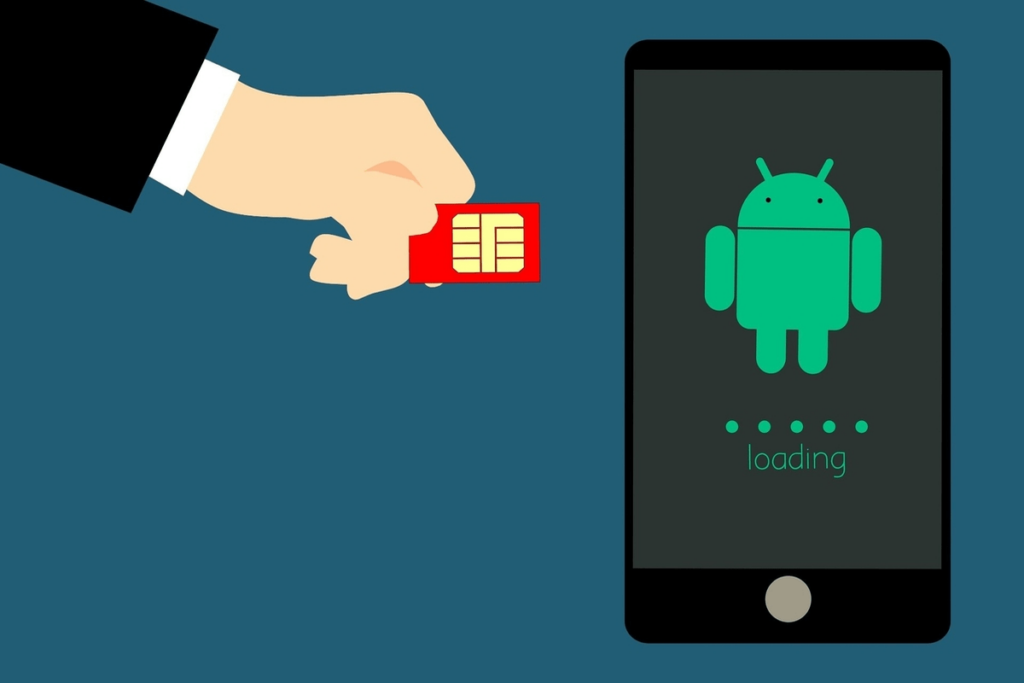Navigating the Maze of Smartphone Connectivity Problems: Causes and Comprehensive Solutions

Introduction:
In the modern digital age, staying connected is paramount, and smartphones serve as the lifeline for communication, productivity, and entertainment. However, despite their convenience and versatility, smartphones are susceptible to connectivity problems that can disrupt daily tasks and hinder user experience. From Wi-Fi and cellular network issues to Bluetooth pairing failures and GPS inaccuracies, connectivity problems come in various forms and can be frustrating to deal with. In this exhaustive guide, we’ll delve into the diverse factors contributing to connectivity problems in smartphones and provide comprehensive solutions to help users troubleshoot and resolve these issues effectively.
Understanding the Causes of Connectivity Problems:
- Wi-Fi Issues:
- Weak Wi-Fi signals, network congestion, or router problems can lead to unreliable Wi-Fi connectivity on smartphones.
- Interference from neighboring networks, physical obstructions, or outdated router firmware can also affect Wi-Fi performance.
- Incorrect network settings, such as mismatched security protocols or IP address conflicts, may cause connectivity issues on smartphones.
- Cellular Network Problems:
- Network congestion, coverage gaps, or carrier issues can result in poor cellular network connectivity on smartphones.
- Signal interference from buildings, terrain, or weather conditions may degrade cellular signal strength and cause dropped calls or slow data speeds.
- Software glitches, outdated network settings, or incompatible SIM cards can also contribute to cellular network problems.
- Bluetooth Pairing Failures:
- Bluetooth pairing failures occur when smartphones are unable to establish a stable connection with Bluetooth-enabled devices such as headphones, speakers, or car stereos.
- Incompatible Bluetooth versions, outdated firmware, or software bugs may hinder successful pairing between devices.
- Interference from other electronic devices, radio frequency interference, or signal obstructions can disrupt Bluetooth connectivity.
- GPS Inaccuracies:
- GPS inaccuracies occur when smartphones fail to accurately determine their location or provide unreliable navigation guidance.
- Signal blockages from tall buildings, dense foliage, or adverse weather conditions can impede GPS satellite reception and affect location accuracy.
- Software bugs, outdated GPS data, or improper GPS settings may also contribute to GPS inaccuracies on smartphones.
- Other Connectivity Issues:
- Other connectivity problems may include NFC (Near Field Communication) issues, USB connection problems, or tethering difficulties.
- NFC communication errors, damaged NFC components, or software conflicts may hinder NFC functionality on smartphones.
- USB connection problems may arise due to faulty cables, damaged USB ports, or incompatible USB drivers on smartphones.
Effective Solutions for Connectivity Problems:
- Wi-Fi Connectivity Solutions:
- Restart the smartphone and router to reset network settings and establish a fresh connection.
- Move closer to the Wi-Fi router or switch to a less congested Wi-Fi channel to improve signal strength.
- Check and update router firmware, adjust security settings, and ensure DHCP and IP settings are configured correctly.
- Forget and rejoin the Wi-Fi network, or perform a network reset on the smartphone to resolve persistent Wi-Fi issues.
- Cellular Network Troubleshooting:
- Check for carrier updates and network coverage maps to identify potential service disruptions or coverage gaps.
- Reset network settings on the smartphone to refresh cellular network configurations and resolve connectivity problems.
- Switch between different network modes (3G, 4G, LTE) or enable airplane mode for a few seconds to re-establish cellular connectivity.
- Contact the carrier’s customer support for assistance with SIM card troubleshooting or account-related issues.
- Bluetooth Connectivity Fixes:
- Ensure Bluetooth is enabled on both the smartphone and the Bluetooth-enabled device, and they are within the recommended pairing range.
- Delete existing Bluetooth pairings and re-pair the devices to establish a fresh connection.
- Update device firmware, check for software updates, or perform a factory reset on the smartphone to resolve Bluetooth pairing issues.
- Avoid signal interference by moving away from electronic devices or objects that may disrupt Bluetooth signals.
- GPS Accuracy Enhancements:
- Enable high-accuracy mode (GPS, Wi-Fi, and mobile networks) in location settings to improve GPS accuracy.
- Reset location settings or clear GPS cache data on the smartphone to resolve GPS-related issues.
- Update GPS assistance data, download offline maps, or use GPS signal boosting apps to enhance location accuracy.
- Calibrate the smartphone’s compass or GPS sensor to ensure accurate navigation guidance and location tracking.
- Other Connectivity Troubleshooting Tips:
- Ensure NFC is enabled in settings and NFC-compatible devices are in close proximity for successful communication.
- Use high-quality USB cables and ensure proper insertion into USB ports to prevent USB connection problems.
- Enable USB debugging or install compatible USB drivers on the smartphone to resolve USB connection issues.
- Verify tethering settings, carrier restrictions, and data plan limitations to troubleshoot tethering problems effectively.
Conclusion:
Connectivity problems in smartphones can be complex and multifaceted, but with the right knowledge and troubleshooting techniques, they can be resolved effectively. By understanding the underlying causes of connectivity issues and implementing comprehensive solutions, users can ensure seamless communication, productivity, and entertainment on their smartphones. Whether it’s troubleshooting Wi-Fi connectivity, addressing cellular network problems, or fixing Bluetooth pairing failures, proactive troubleshooting and optimization practices are key to resolving connectivity problems and optimizing smartphone performance. By following the actionable solutions outlined in this guide, users can overcome connectivity challenges and enjoy uninterrupted connectivity on their smartphones.




